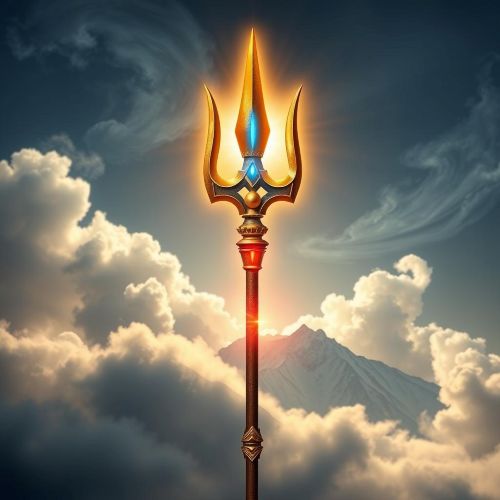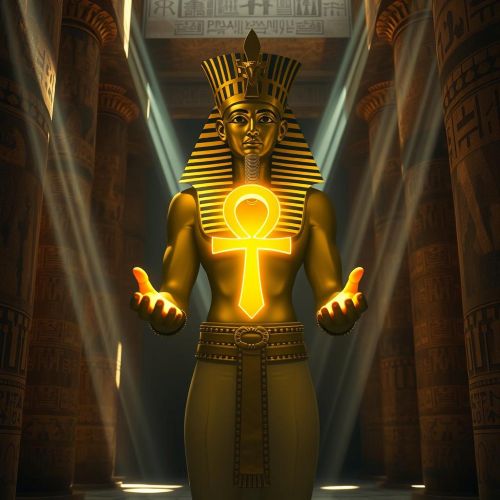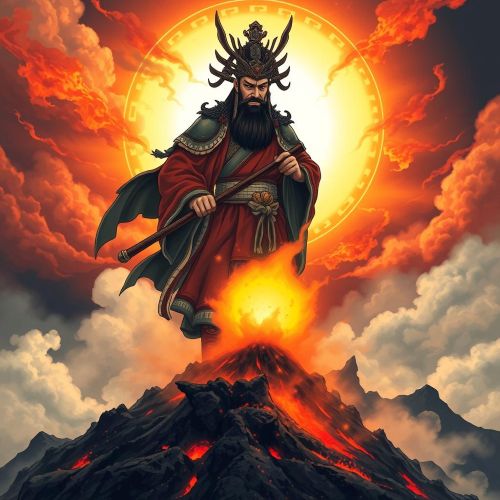The Enchanting Apsaras of Hindu Mythology: Names and Legends
In the vast tapestry of Hindu mythology, there are countless divine beings, each with their unique attributes and roles. Among these celestial entities, the Apsaras, or celestial nymphs, hold a special place. These alluring and enchanting beings are renowned for their beauty, grace, and artistic talents. In this blog, we will explore the captivating world of Apsaras in Hindu mythology and delve into the names and legends of five prominent Apsaras.
Urvashi – The Mesmerizing Dancer
Urvashi, often referred to as the “most beautiful Apsara,” is a celestial nymph renowned for her unparalleled beauty and graceful dance. According to Hindu mythology, Urvashi was created by Lord Indra, the king of the heavens, as a reward for the devas (celestial gods) for their valor. Her name, Urvashi, literally means “the one who can captivate hearts.”
One of the most famous legends involving Urvashi is her encounter with King Pururavas. Their love story is immortalized in ancient texts like the Rigveda and the Puranas. Urvashi’s story not only highlights her beauty but also her loyalty and devotion.
Menaka – The Temptress of the Divine
Menaka is another well-known Apsara in Hindu mythology, known for her extraordinary charm and seductive allure. Her story is often associated with Vishwamitra, a revered sage who had once attained the status of a Brahmarishi (the highest order of a sage). Menaka’s beauty and enchantment were so potent that she was sent by the gods to disrupt Vishwamitra’s meditation.
The tale of Menaka and Vishwamitra showcases the irresistible charm of the Apsaras and the power they held over even the most ascetic of sages.
Rambha – The Queen of Apsaras
Rambha is considered the queen of Apsaras and is renowned for her beauty and exceptional dance skills. Her name is often associated with temptation and desire. Rambha’s story is intertwined with a famous incident involving her and Nalakubara and Manigriva, two Gandharvas.
In this tale, Rambha’s dance captivated Nalakubara and Manigriva to the extent that they were cursed by sage Narada to be born as trees. This story serves as a cautionary tale, emphasizing the consequences of falling prey to desire and temptation.
Tilottama – The Heavenly Beauty
Tilottama, whose name translates to “one who is desired by all,” is another captivating Apsara in Hindu mythology. She is said to have been created by the divine architect Vishwakarma, with the purpose of seducing and distracting the demon brothers, Sunda and Upasunda. Her unparalleled beauty and charm were intended to lead the demon brothers into conflict with each other, ultimately leading to their downfall.
Tilottama’s story highlights the Apsaras’ role as agents of divine will, using their beauty to shape the course of celestial events.
Ghritachi – The Apsara of Eternal Youth
Ghritachi is a lesser-known Apsara compared to the others on this list, but her story is no less enchanting. She is often described as having a celestial beauty that never fades, symbolizing eternal youth and grace.
Ghritachi’s name is associated with a famous episode where she encounters King Yayati. The king, who was cursed with premature old age, sought the help of the devas to regain his youth. Ghritachi played a pivotal role in this tale, demonstrating the Apsaras’ role as bringers of transformation and rejuvenation.
In the rich tapestry of Hindu mythology, the Apsaras stand out as ethereal beings who embody beauty, grace, and temptation. Their stories, often intertwined with those of gods, sages, and mortals, serve as powerful lessons on desire, temptation, and the consequences of falling prey to them.
The names of these five prominent Apsaras – Urvashi, Menaka, Rambha, Tilottama, and Ghritachi – have resonated through the ages, captivating the imagination of generations. They represent not only the aesthetic beauty but also the cultural significance of these celestial nymphs in Hindu mythology.
As we delve deeper into the enchanting world of Hindu mythology, we discover that the Apsaras’ allure extends beyond their physical beauty; they are symbolic of the eternal dance of desire and the intricate interplay between gods, mortals, and the cosmos itself. In their stories, we find both cautionary tales and reminders of the timeless allure of beauty and the complexity of human desires.






